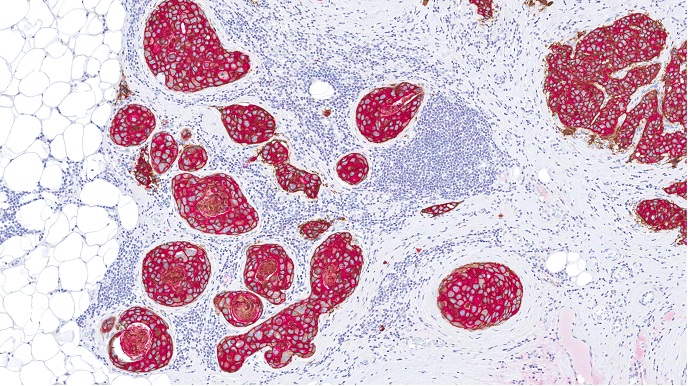Getting MDS treatment and care right
Myelodysplastic syndromes (MDSs) are a rare group of bone marrow failure disorders where the body no longer produces enough healthy blood cells. Especially in elderly populations, MDS predominantly causes anaemia, a condition characterised by a shortage of red blood cells. Common symptoms of anaemia include tiredness, weakness and shortness of breath. Although anaemia is easily diagnosed, MDS often goes unrecognised or even misdiagnosed. “It is believed that 20 % of all anaemia cases in Europe, affecting over 2 million senior citizens, might be explained by low-risk MDS,” says Corine van Marrewijk, a researcher at the Radboud University Medical Center(opens in new window). “If we are able to more precisely identify the anaemias that are caused by MDS, we might be able to treat the underlying disease faster and more effectively.” This is where the EU-funded MDS-RIGHT(opens in new window) project comes in. “Our goal was to develop more effective and safer interventions for elderly citizens with anaemia and low-risk MDS,” adds van Marrewijk, who served as the project’s manager.
High comorbidity burden
Researchers compared currently available healthcare interventions for MDS using the European MDS Registry(opens in new window) data. “We found that receiving regular transfusions of red blood cells reduces quality of life and overall survival,” explains van Marrewijk. “We also determined that MDS patients receiving early treatment with erythropoiesis-stimulating agents(opens in new window) benefit from a delay in the need for regular red blood cell transfusions.” Using multigenerational data from the Lifelines cohort(opens in new window), researchers evaluated anaemia in the participating general population. “What we found is that older persons with anaemia have a higher incidence of clonal haematopoiesis(opens in new window) with MDS-like genetic changes than older people who were not anaemic,” remarks van Marrewijk. Health-related quality of life was significantly lower in anaemic patients with MDS than anaemic persons in the general population. “This, in part, can be explained by a higher incidence of co-morbidities in the anaemic MDS population,” she notes. Researchers also conducted next-generation sequencing on 30 MDS-specific genes. This work revealed five cohorts with different clinical behaviour. “A cohort with good prognosis was characterised by anaemia and a reduced risk of the MDS progressing to a more advanced stage, such as acute leukaemia,” says van Marrewijk.
Establishing new guidelines
Incorporating some of these findings, the project developed the European MDS competence network platform(opens in new window), and interactive, online, evidence-based diagnostic, prognostic and interventional guidelines for treating MDS(opens in new window). These guidelines can be used to support both the regulatory process and for providing patients and physicians with the information they need to make personalised decisions in MDS care. “These outcomes exemplify the value of using pan-European prospective, observational, disease-specific, real-world data for studying Europe’s ageing population – a population that is all too often excluded from clinical trials,” remarks van Marrewijk. The registry will continue adding new MDS patients and collecting their data. The research team is also seeking additional funding to continue its work, including studying the underlying pathway mechanisms in MDS and anaemia in the elderly. “The ultimate goal is to improve the health and quality of life of MDS patients by developing better, more tailored healthcare solutions,” concludes van Marrewijk.







